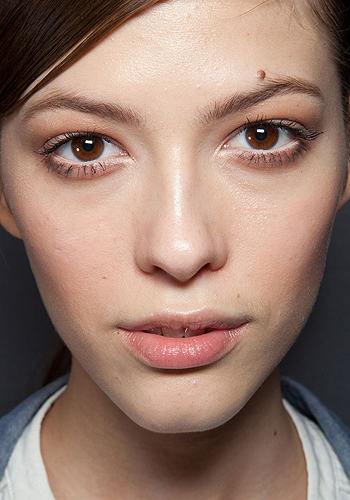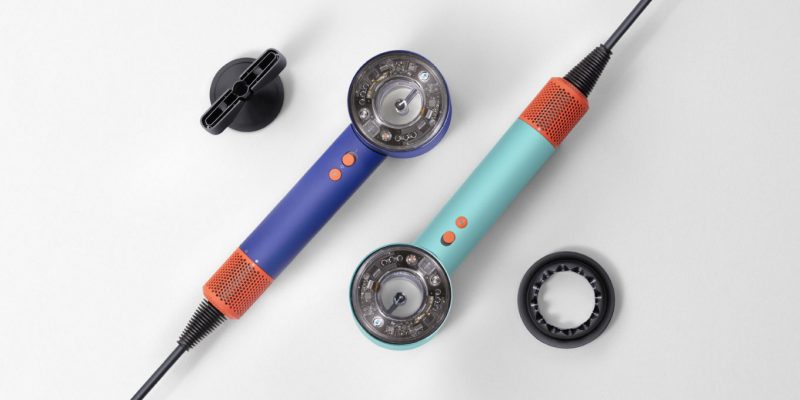Beauty
Skin care know-how: A visit to the dermatologist, or a regular facial?
We uncover the skin care secret: When to visit a dermatologist and when to hit up the spa for a regular facial.
by : Jaclyn Tersigni- Nov 29th, 2012

The line between dermatologist’s office and spa seems to be increasingly narrow –
more spas are offering facials and peels with medicinal ingredients, and cosmetic procedures at a doctor’s office are becoming more commonplace.
“[The difference] depends on the type of dermatological practice,” says Dr. Sandy Skotnicki, dermatologist at Toronto’s Bay Dermatology Centre. “There are some dermatologists who practice a very cosmetic spa type of [practice] and there may not be a huge difference from a regular facial at a spa.”
Whether the difference matters to you depends on your skin’s issues, the results you’re after, and your lifestyle.
Your skin’s needs
If you’re simply looking for a
deep cleaning or exfoliation, a basic spa facial may be all that you need. Amrit Gill, facial expert at Toronto’s Camden Spa, says that Camden’s basic facial with cleansing, exfoliation, extraction, and mask is good for a client with fairly uncomplicated skin.
But, for those with special skin concerns, Gill says a spa facial may not always be the solution.
“We can get the surface of your skin to look better,” says Gill. “But if you’re looking for a more drastic result, you have to go to a dermatologist.
Complicated rosacea, extreme sun damage, and
severe or cystic acne are among the skin concerns that Gill says will have her recommending a visit to a doctor.
“Sometimes when [the issue] is internal . . . we can’t take care of it.”
Your results
Spa facials – including those that offer glycolic peels, microdermabrasion, collagen, or a combination – can offer smoothing, brightening, and cleansing effects that address surface needs.
But for correctional and more significant results, a trip the dermatologist is probably in order.
““I have recommended to some clients that they actually do go see a dermatologist,” says Gill. “Because they’d have to do so many treatments here to get even little results.”
Even a dermatologist might recommend more than a facial to garner major effects. “I’d very rarely recommend just a facial,” says Skotnicki. “You’d have that and something else. You might have a facial to prepare yourself for something else.”
“I’d consider a peel, or doing something with microdermabrasion or a chemical peel.”
As a medical professional, a dermatologist is also able to offer treatments and ingredients that a spa is unable to.
“If you’re going to use a chemical peel that has potential to cause a burn or go deeper than the layer of the epidermis, you have to have a physician present,” Skotnicki advises.
Gill says that while some spas do have doctors on staff, many don’t and therefore do not offer treatments that use lasers and adhere to regulations around glycolic acid.
“If you don’t have a dermatologist or doctor at your establishment, you should not going any higher than 30 to 40 per cent [glycolic acid],” Gill says.
What fits into your lifestyle? A derm or spa? Find out on the next page …

Your lifestyle
A treatment at a dermatologist’s office involving high levels of acid or lasers may cause
skin to be red, irritated, or sore for a day or many days afterwards. Patients may want to take a day or several days off from work or other activities to let skin heal.
Spa treatments may be gentler and better suited for someone looking for a quick fix. Gill says that many women who visit Camden Spa aren’t ready for a major time dedication. “The girls that come here, they want something where they walk out of here and if they have a little redness for an hour, that’s okay.”
Cost may also be encouraging or prohibitive for both dermatological and spa treatments. Some laser or microdermabrasion treatments at a dermatologist’s office will require anywhere from three to 10 treatments over a set course of time, plus maintenance treatments. At a spa, clients may come every three to four months for a facial or once every six weeks for a set number of months to maintain results.
At costs of anywhere from $50 for a basic facial to hundreds of dollars for a laser session, price may also dictate whether someone chooses to visit a facialist or doctor.
The best guide? Know your skin and what works best for it … if your regular facials aren’t helping clear up a problem, it may be time to visit a derm.
Read more:
Newsletter
Join our mailing list for the latest and biggest in fashion trends, beauty, culture and celebrity.
Read Next

Beauty
Dyson Just Launched Its Most Intelligent Hair Dryer Yet
Get ready to upgrade your blowout game.
by : Lauren Knowles- Apr 25th, 2024

Fashion
Meredith Shaw and Penn Have Created a Plus-Size Summer Dress Collection That "Feels Like Candy"
Morning Show Host Meredith Shaw wants you to "see your summer" in this curated collection for sizes 14-32.
by : Allie Turner- Apr 25th, 2024

Beauty
ELLE Tried It: Five Serums to Up Your Skincare Game
Members of the ELLE team tested Avène Dermatological Laboratories’ five new concentrated serums. Here's what they thought.
by : ELLE Canada- Apr 25th, 2024




